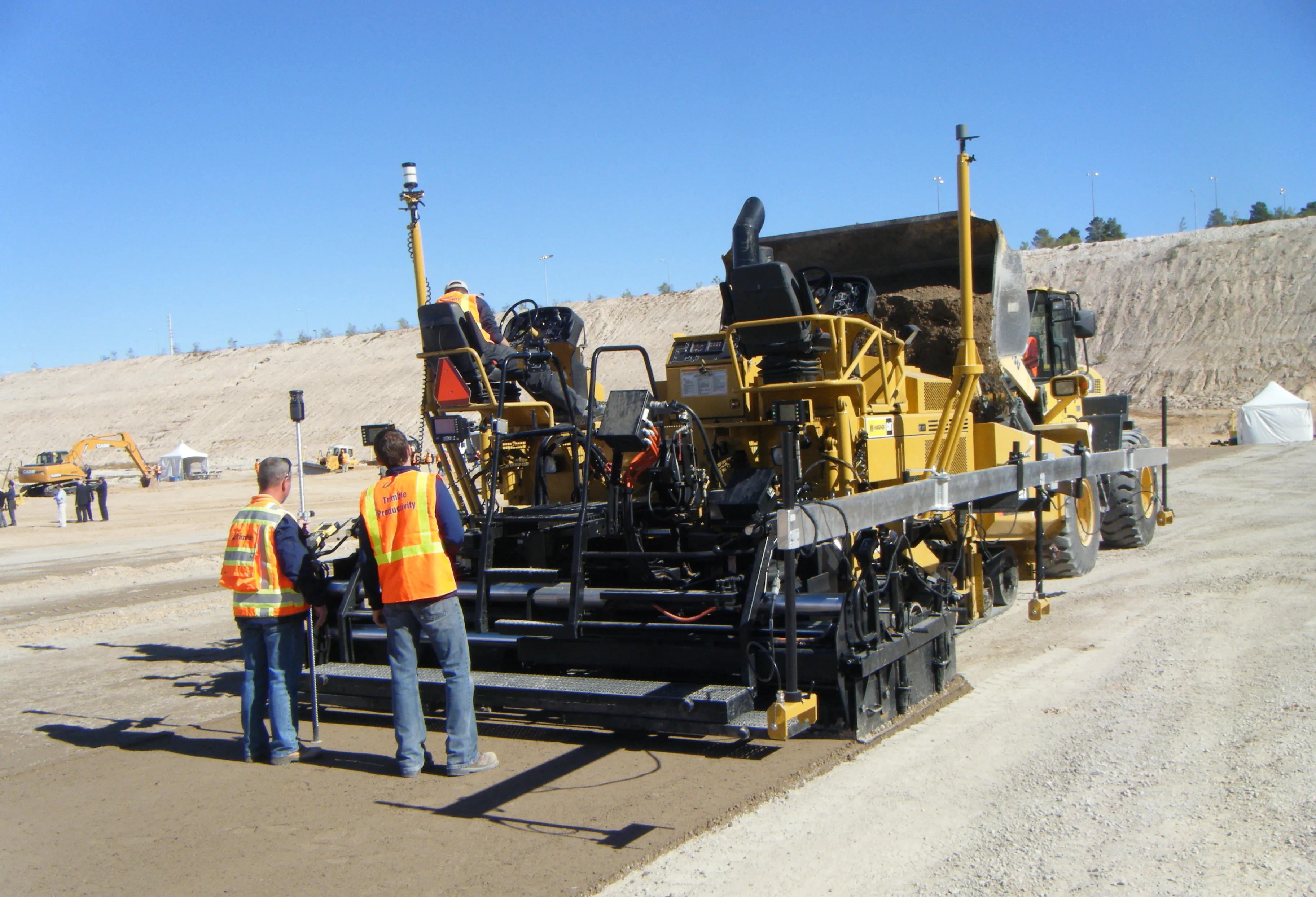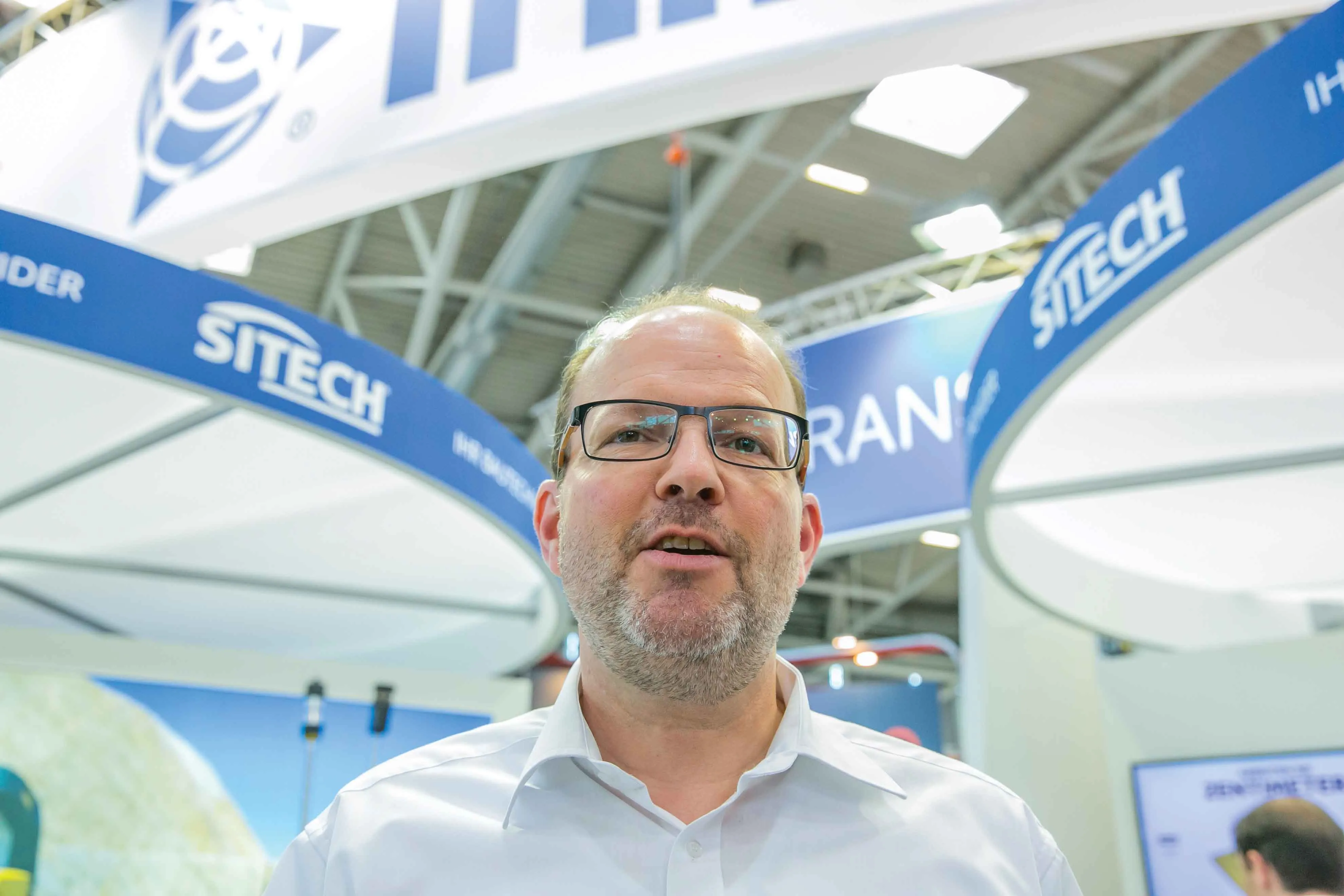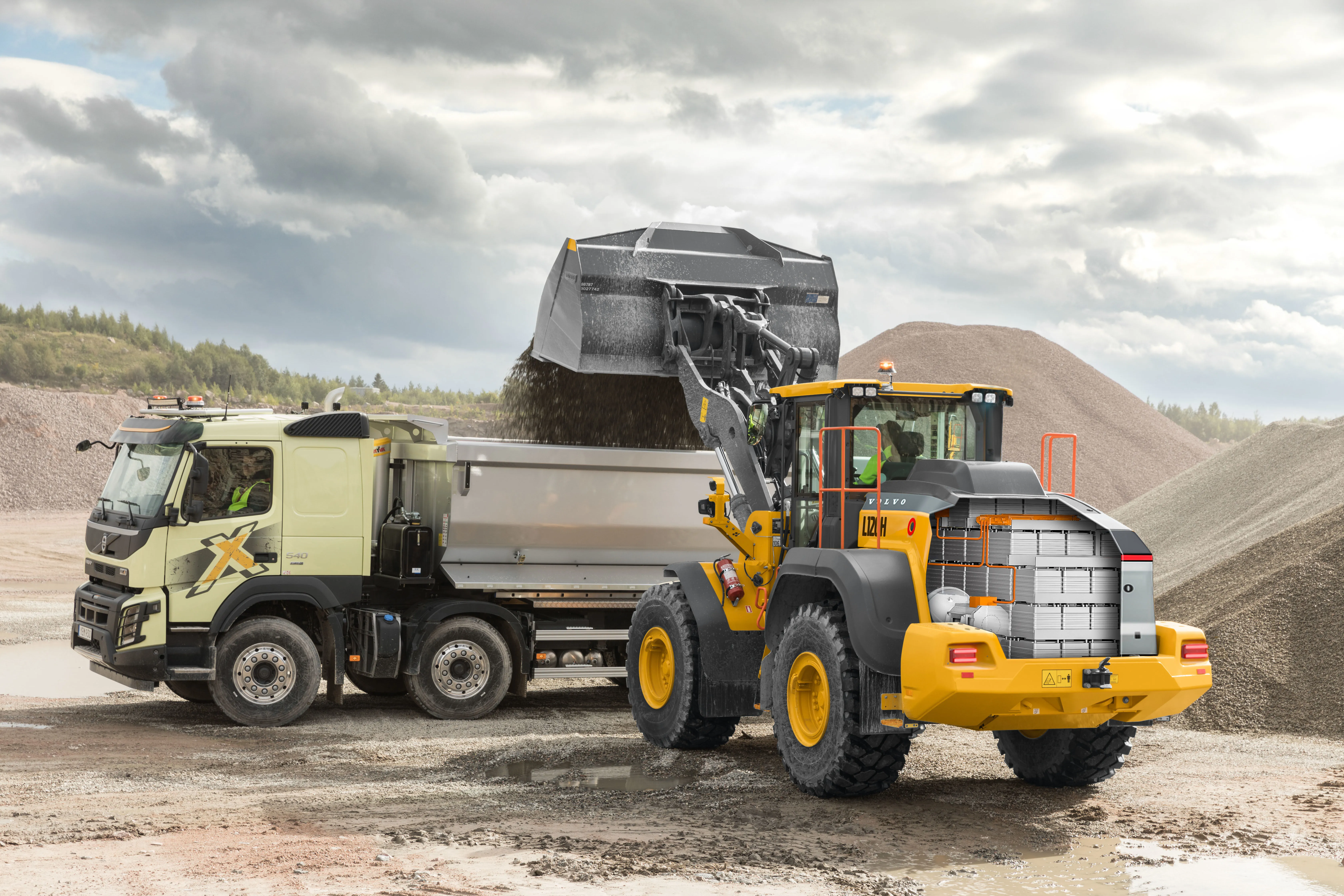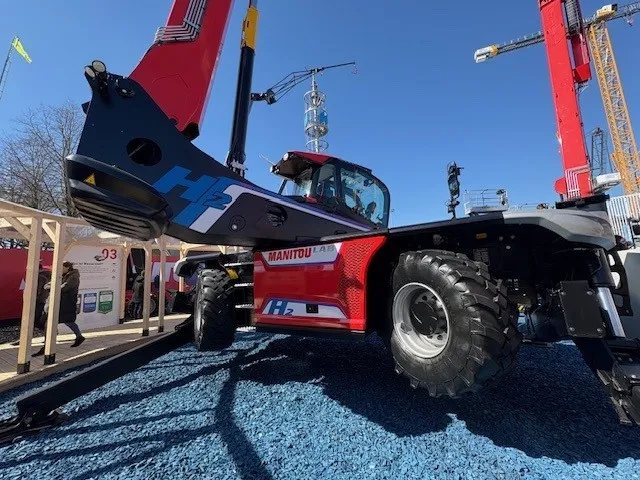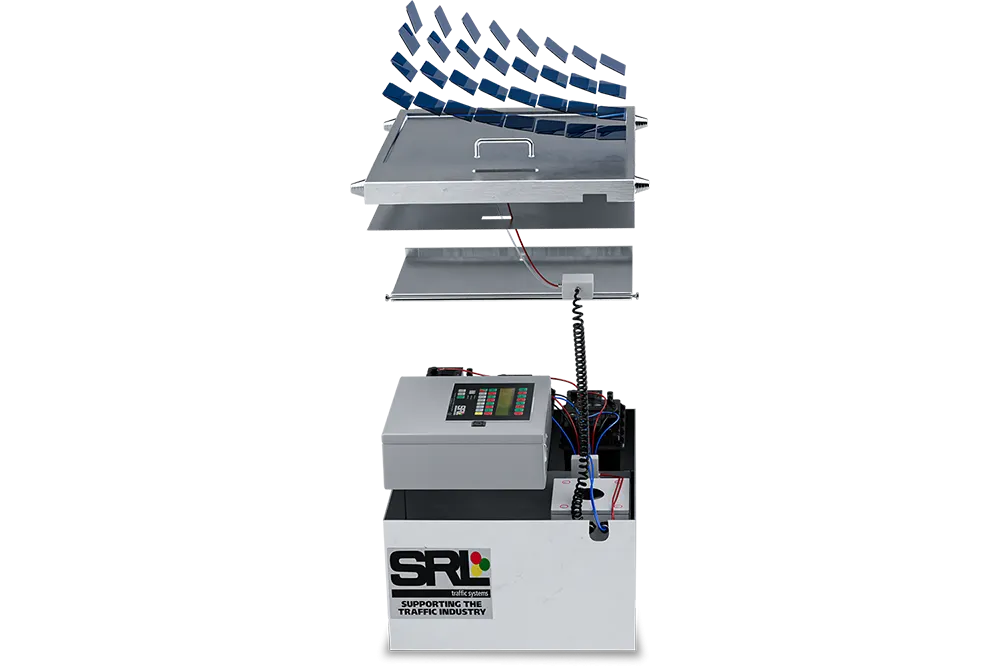
Solar powered traffic systems deliver projects more sustainably, cost-effectively and safely. Importantly, SRL says its system is the only solution on the market that can be retrofitted onto customers’ existing stock. Its Solar PLUS is the latest addition to the company’s growing solar portfolio.
Designed and manufactured in the UK and available exclusively for hire, SRL Solar PLUS significantly extends battery cycles, reducing electricity consumption and the frequency of exchanges required.
Early results from SRL’s alpha tests designed to identify the optimum cell are showing the product’s potential to eliminate exchanges for months at a time. The beta trials that have been running on live customer sites throughout the UK since November show that the solution is performing well in even the poorest domestic weather conditions.
SRL’s Solar PLUS works with either AGM (absorbed glass mat) or lead acid batteries. However, the solution is best suited to products using AGM batteries, as they are designed to discharge and recharge better than lead acid alternatives. Traffic lights incorporating the new technology run with three batteries in the base of the box.
SRL Solar PLUS signals are available to hire via a range of flexible, added value contracts, enabling customers to access the solution best suited to their business. Traffic management companies that have previously purchased SRL’s Pedestrian, Radiolight and Eurolight signals may hire SRL Solar PLUS lids, retrofitting their existing stock and promoting circularity. Retrofitting is undertaken by an SRL commissioning engineer.
Signals featuring SRL Solar PLUS incorporate a telematics device within the boxes. The unit empowers operations managers to check battery charge levels and system functionality remotely, enabling them to identify exactly when batteries need to be exchanged or serviced. It also allows them to monitor their assets’ precise locations.


